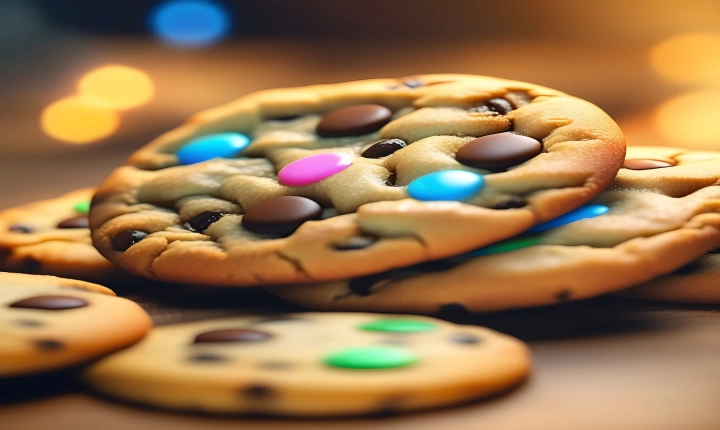Title: Exploring the Fascinating World of AI-Generated Art
Artificial Intelligence (AI) has become an increasingly influential force in the art world, revolutionizing the way we create and appreciate artwork. One of the most fascinating aspects of AI in art is its ability to generate stunning and thought-provoking pieces of art, blurring the lines between human creativity and machine intelligence.
So, how exactly does AI draw? The process begins with a concept called “generative adversarial networks” (GANs), which involves two neural networks working in tandem. The first network, known as the “generator,” creates new images, while the second network, the “discriminator,” evaluates those images for their authenticity. Through a process of iteration and feedback, the generator learns to produce increasingly convincing and original artwork.
One of the key elements of AI-generated art is its ability to mimic human artistic styles. By training the AI on a vast database of art, it can learn to replicate the brush strokes, color palettes, and compositions of famous artists, producing works that are indistinguishable from those created by humans. This has led to an explosion of new and exciting artistic possibilities, as AI can synthesizes different artistic styles to produce entirely new and innovative pieces.
Another intriguing aspect of AI-generated art is its ability to create art that is truly unique. By leveraging the vast computational power of AI, artists and researchers can explore new artistic terrains, pushing the boundaries of what is possible in the realm of creativity. This has led to the emergence of groundbreaking art forms that challenge traditional notions of authorship and originality.
AI has also proven to be a valuable tool for artists, offering novel ways to explore and experiment with new ideas. By using AI to generate a wide range of potential designs, artists can quickly iterate through a myriad of possibilities, helping them to unlock new creative insights and inspiration. This fusion of human creativity with machine learning has the potential to reshape the art-making process, giving artists unprecedented tools to express their vision.
However, the rise of AI in art has also sparked discussions about the role of the artist and the ethical implications of machine-generated art. Some argue that AI-generated art challenges the notion of artistic authorship and raises questions about the authenticity of the artwork. Additionally, concerns have been raised about the potential for AI to devalue the human artistic process, as well as the risk of over-reliance on machine-generated creativity at the expense of genuine human expression.
In conclusion, the advent of AI-generated art has opened up a world of exciting possibilities and challenges for the art world. By blending the power of machine learning with human creativity, AI has the potential to transform the way we create and appreciate art, offering new avenues for artistic exploration and innovation. As AI continues to evolve, it is clear that its influence on the art world will only continue to grow, leaving us to ponder the limitless potential of AI in shaping the future of art.
